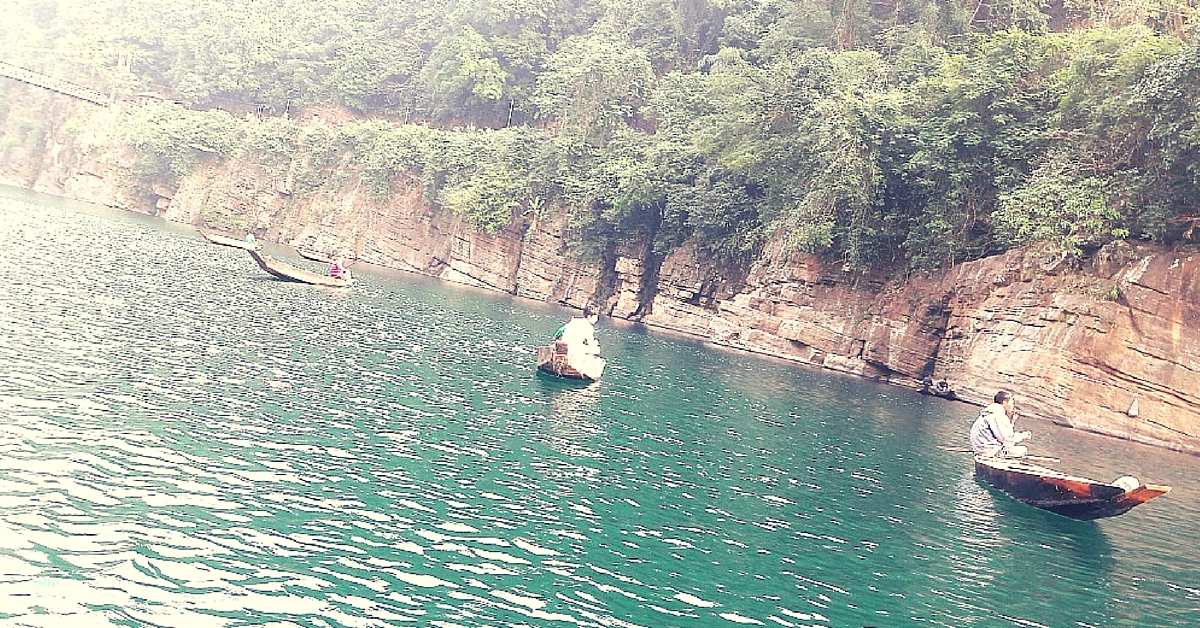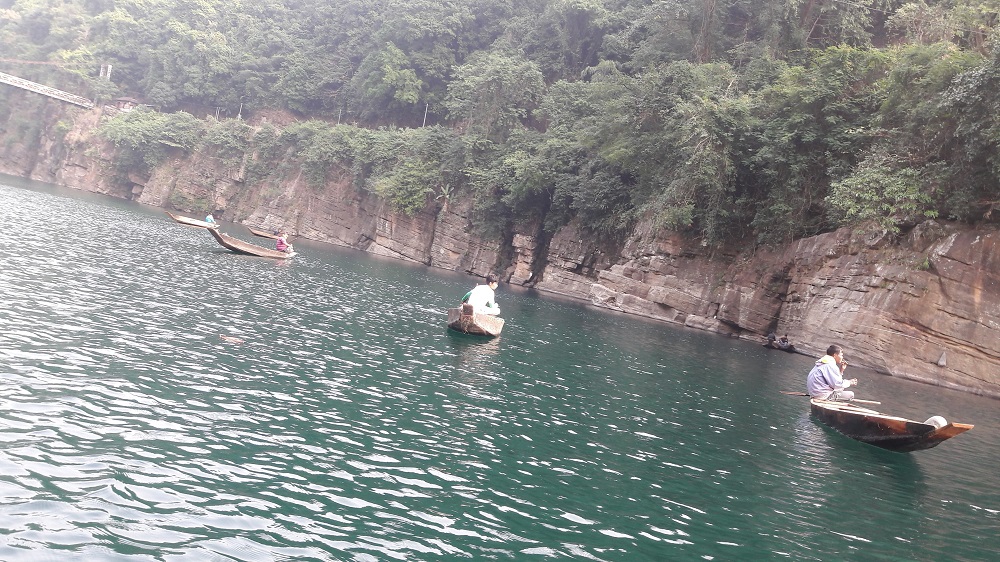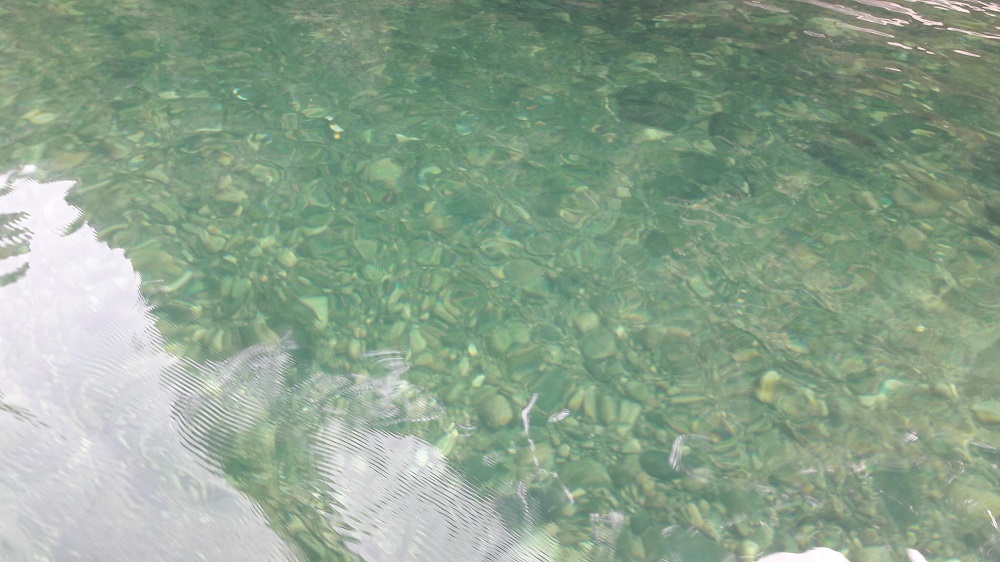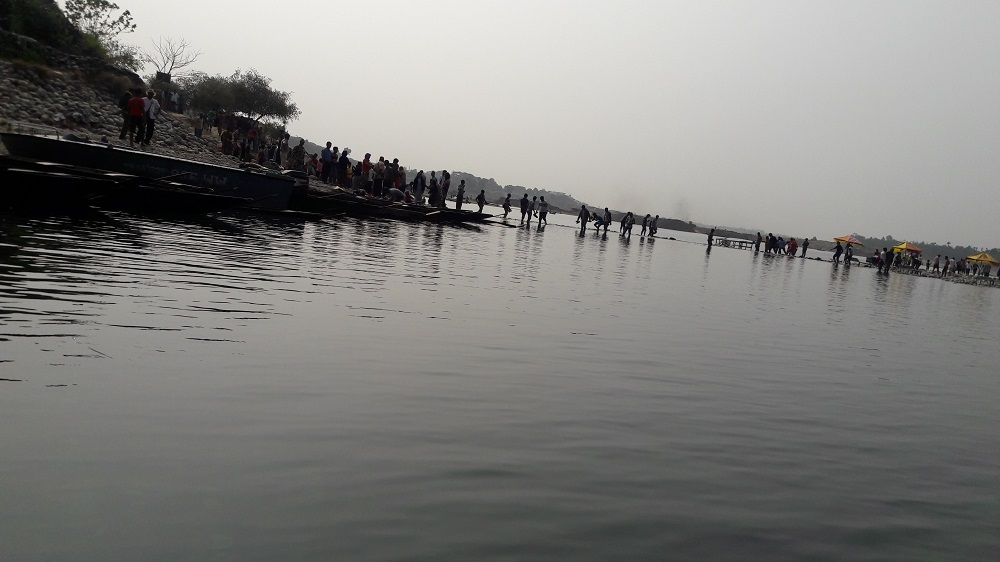MY VIEW: Stories of Beauty from Dawki – a Paradise for Eco Tourists in Meghalaya
Kumar Deepak talks about Dawki, the beautiful River Umngot, and fishing in its bluish-green water. Here’s his journey.

Trade and tourism are the building blocks that define strong ties between two neighbouring nations – like the small town of Dawki in West Jaintia Hills district of Meghalaya. Dawki is delineating a new script of eco-tourism across the International Radcliffe Line between India and Bangladesh, where the mesmerizing greenish-bluish River Umngot drains into the plain of Bangladesh dissecting the Jaintia Hills, and Hima Khyrim of Khasi Hills in Meghalaya.
Umngot River originates from the Eastern Shillong Peak, which is located 1,800 m above sea level. It drains into the plain of Bangladesh at a point near Dawki Town where the native Khasi inhabitants call it River Dawki.

The suspension bridge over the Dawki River on NH-40 was constructed way back in 1932 and it is one of the busiest bilateral trade routes between India and Bangladesh. This route is the main trade gate for coal, limestone, boulders, oranges, pineapples, tomato, vegetables, maize, rice etc.
Dawki isn’t just a loved destination for travellers from the two neighbouring nations but from all across the world as well. It is located around 95 km away from the state capital Shillong. Travellers can hire a taxi for Rs. 2,000 to 2,200. It’s a reasonable package and if you add up to Rs. 500 more, you would get an opportunity to visit Asia’s cleanest village, Mawlynnong in the East Khasi Hills. The town of Tamabil is the nearest settlement in Bangladesh and it is located about 1.5 km from Dawki.
Looking down from the Dawki bridge suspension we can see the pebbles and stones through the lush blue green fresh water.

Tourists are mesmerised by the water and pelagic fish species visible from the boat. This also important angling site for the local Khasi inhabitants and tourists as well. Angling is a fishing method and species like catfish, golden carps and silver carps are available in abundance in the river. The activity of boating with angling is attracting a large number of Indo-Bangladesh tourists as well as a significant bunch of overseas travellers. Fishing is an important source of occupation for the native communities.
Umngot River is also known for the annual boat race in the month of March-April. Boating is a significant occupation for the native Khasi people. They earn around Rs. 300-500 per trip. This is how tourists can explore the region without harming the ecosystem. Fuel based motor boats are banned.
Native communities are well aware of the role of tourism sector in their livelihood generation. The concept of rural eco-tourism is gaining momentum in Shnongpdeng village and attracts tourists from Shillong and Sylhet.

The matrilineal society in this Khasi dominant region is extracting natural capital value in a gender inclusive economy where the women are the driving wheel of socio-economic empowerment. They are self-reliant and have adopted farming, fisheries, mining and tourism as a part of generating employment. Dawki has developed banking, postal, and communication centres apart from the basic market for essential day-to-day commodities. These women sell their farm products, particularly juicy oranges and vegetables. Khasi women drive sustainable business skills and they have set up rural business centres in their panchayat where they sell their farm products as well as handicrafts.
Two distinct cultural communities reside alongside the International Radcliffe Line. They speak different languages. But the placid, pristine and pleasant Dawki River welcomes all to adore the beauty and enjoy the calm.
– Kumar Deepak
Like this story? Or have something to share? Write to us: [email protected], or connect with us on Facebook and Twitter (@thebetterindia).
If you found our stories insightful, informative, or even just enjoyable, we invite you to consider making a voluntary payment to support the work we do at The Better India. Your contribution helps us continue producing quality content that educates, inspires, and drives positive change.
Choose one of the payment options below for your contribution-
By paying for the stories you value, you directly contribute to sustaining our efforts focused on making a difference in the world. Together, let’s ensure that impactful stories continue to be told and shared, enriching lives and communities alike.
Thank you for your support. Here are some frequently asked questions you might find helpful to know why you are contributing?


This story made me
-
97
-
121
-
89
-
167













